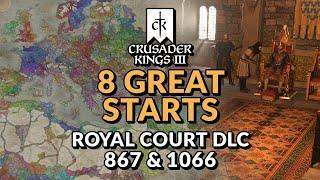Royal Tunbridge Wells War Memorial - with David Wakefield
Description
Audio Postcards from Tunbridge Wells:
You may not be able to visit us right now, so we’re sending some of Tunbridge Wells to you! To celebrate the impending release of a free audio walking trail app ‘Tales of Tunbridge Wells’, excerpts of this fascinating exploration of the town are now available as a series of virtual mini tours. Tracks will be updated weekly and more information on the downloadable app is coming soon…
This project has been realised through collaboration between ‘The Amelia’ and Tunbridge Wells Borough Council ‘Visit Tunbridge Wells Tourism Service’, and is supported by the National Lottery Heritage Fund and Arts Council England. The full trail app will be available later in 2020 and downloadable for free from the app stores for both Apple and Android devices.
Transcription:
David Wakefield, President, Tunbridge Wells Branch, Royal British Legion
I served as National Serviceman with the Royal Sussex Regiment from 1950 to 1952.
This War Memorial was erected in the mid-1920s. It is a wonderful piece of architecture. It symbolises an infantryman of the First World War, correctly accoutred in his kit and ready to go “over the top”. Underneath him are the names of those who fell in the First World War. It was difficult to find a complete list of names in the 1920s because even by then some families had moved away and others did not wish to acknowledge the fact that their children had died, perhaps hoping for a resurrection of some sort.
The Borough is possibly unique in sending forth ten VCs over the years to represent and fight for this country. They start in the Crimean War with Charles Lucas, a VC on the gunboat, HMS Hecla outside Sebastopol. They finish with the most recent VC, Captain Lionel Queripel of the Royal Sussex Regiment, although by that stage he was serving in 10 Para. Also in Tunbridge Wells, and still marked by a plaque, are the graves of 12 German aircraftmen who died in the Battle of Britain over our heads. They are buried in Hawkenbury Cemetery.
Like many other towns during the First World War, Tunbridge Wells housed Belgian refugees. They came in their numbers from the area of Belgium which had been occupied early on by the Germans. They stayed for the whole of the First World War, returning only when the Germans were forced out of their part of Belgium.
During the Second World War, Tunbridge Wells fell prey to German bombs. These were isolated incidents, usually German bombers returning from fruitless missions to London, deciding not to waste their bombs and dropping them on the next town that they passed over. One of the bombs hit what was until comparatively recently the Kent and Sussex Hospital, killing a young newspaper boy who was delivering newspapers to patients. He was Lincoln Robert Walter Redman and he was only 11 years old when he died. Another bomb fell in Boyne Park, killing Miranda Fanny Crossfield. She was trapped in the building, still alive, and my wife’s aunt who was serving in the Red Cross was called to the site and, realising that there was someone still alive, crawled in and stayed with her until she died.





















Comments